Album: Stunning Photos of Antarctic Ice
The Beauty of the Antarctic
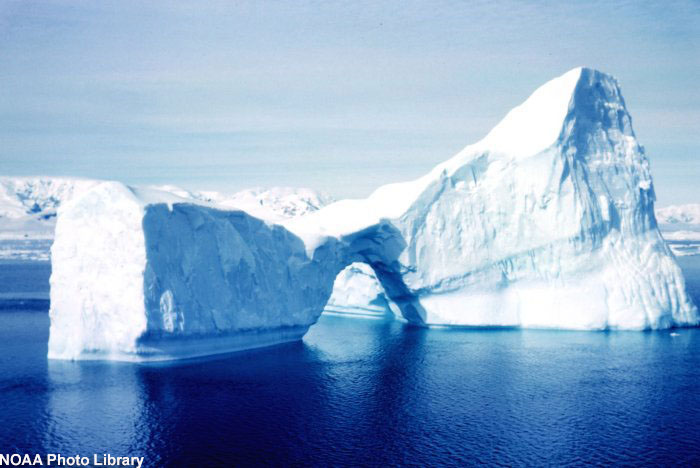
Shown above is an iceberg in Gerlache Strait. Photographer: Rear Admiral Harley D. Nygren, NOAA Corps (ret.).
Huge Block of Ice
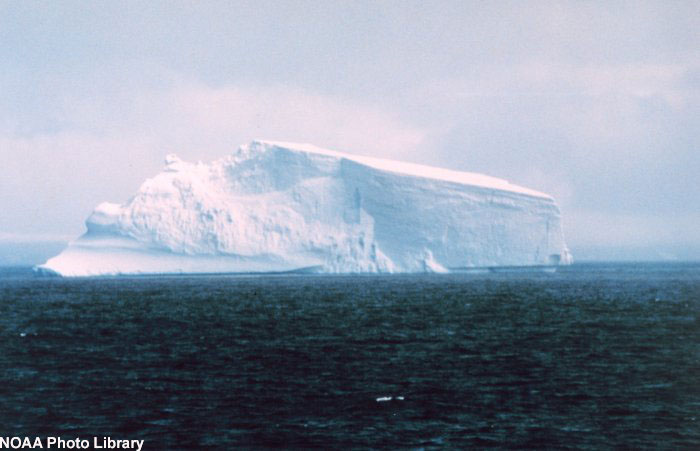
Pictured above is an iceberg off the Antarctic Peninsula. The size of the iceberg appears to be similar to that of a cruise ship. Photographer: Commander Richard Behn, NOAA Corps.
Mysterious and Captivating
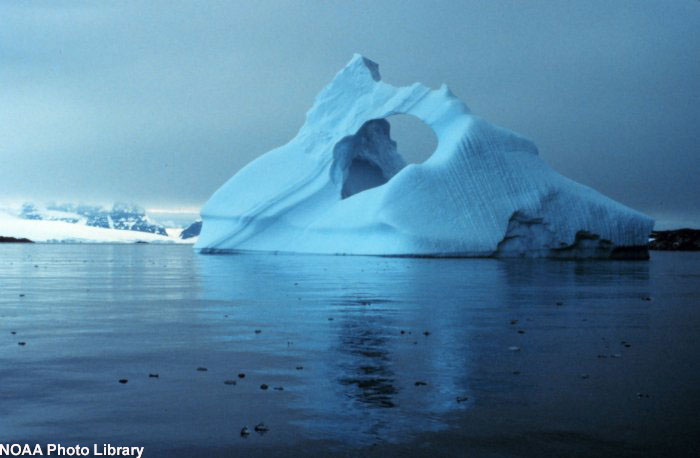
An iceberg sits in the middle of the cool Arctic waters. Photographer: Michael Van Woert, NOAA NESDIS, ORA.
On the Move
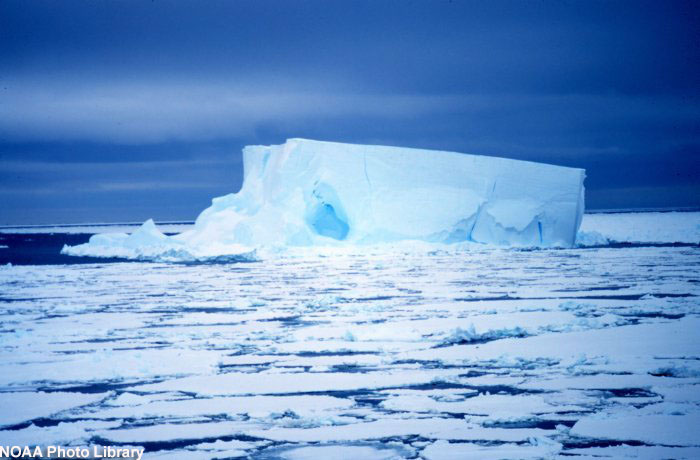
The image shows an Iceberg drifting slowly across the waters. Photographer: Michael Van Woert, NOAA NESDIS, ORA.
Massive Chunk
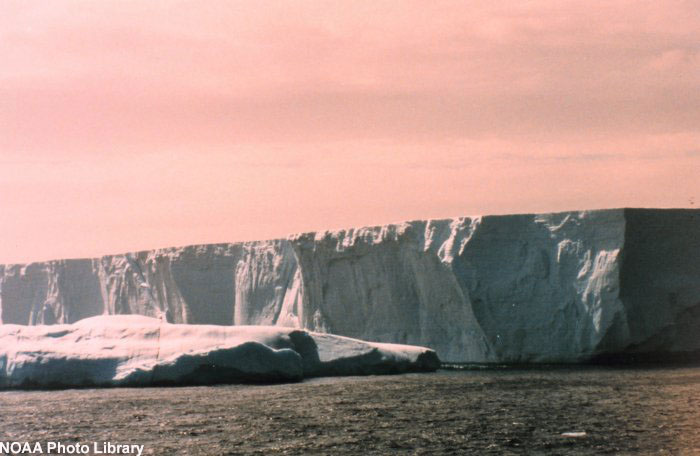
Above is a photograph of a large tabular iceberg off the Antarctic Peninsula. Photographer: Commander Richard Behn, NOAA Corps.
Stranded
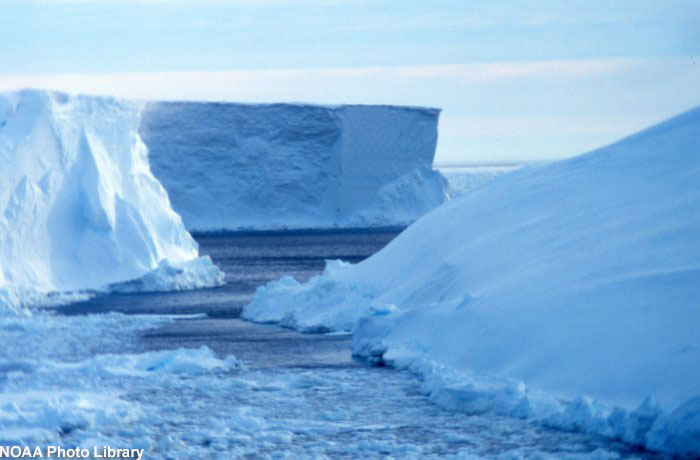
Icebergs grounded on Pennel Bank. Photographer: Michael Van Woert, NOAA NESDIS, ORA.
Closing In
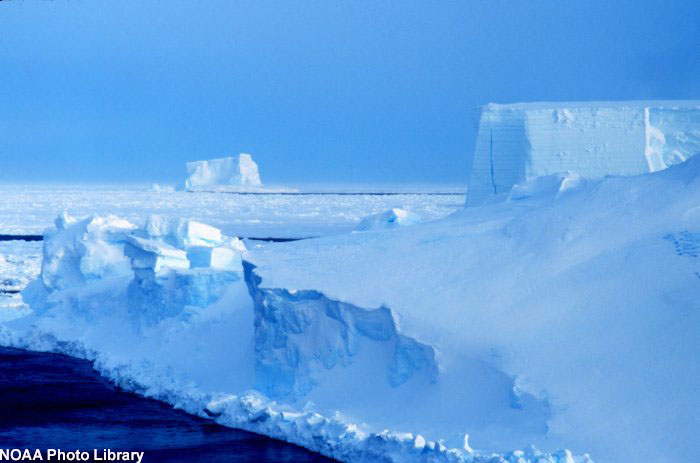
Close-up of Icebergs grounded on Pennel Bank. Photographer: Michael Van Woert, NOAA NESDIS, ORA.
Sign up for the Live Science daily newsletter now
Get the world’s most fascinating discoveries delivered straight to your inbox.
Follow the Leader
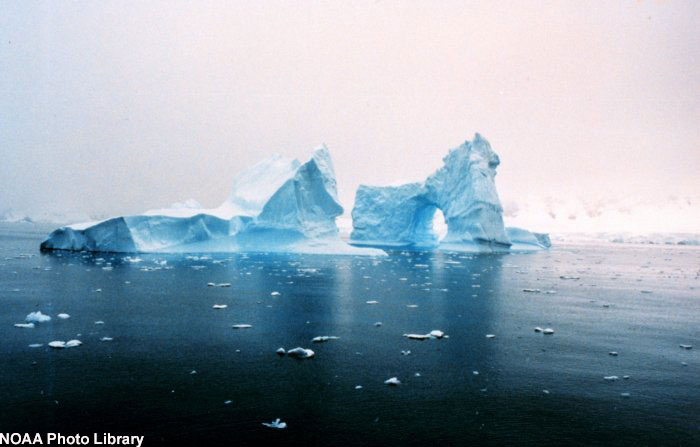
Note the arches in the icebergs off the Antarctic Peninsula. The icebergs are slowly moving along the waters. Photographer: Commander Richard Behn, NOAA Corps.
Views From Above
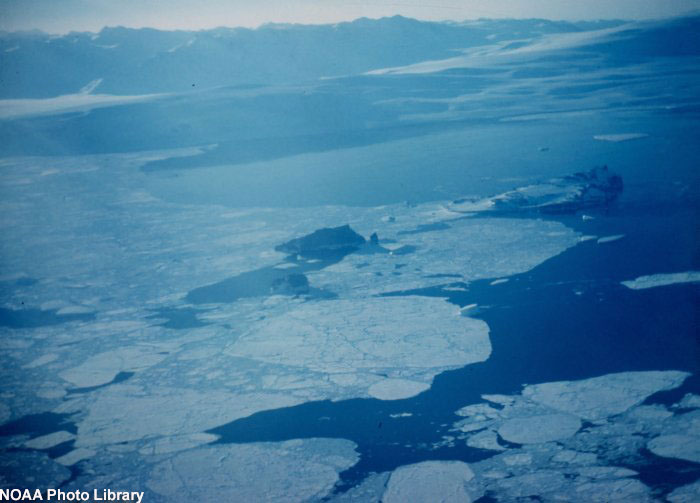
Flying over large tabular icebergs on the way to McMurdo Sound. Photographer: Mr. Ardo X. Meyer, NOAA (ret.).
Formation of an Iceberg
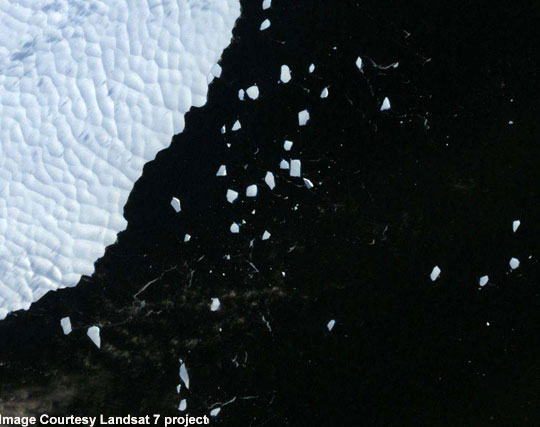
Icebergs form when they are broken off from a glacier or an ice shelf. Here is an example of an iceberg breaking from a glacier. More than a decade ago a large iceberg (over a thousand square miles in area, and a quarter of a mile thick) broke off an Antarctic glacier and drifted into the Southern Ocean. This true color Landsat 7 image shows relatively small icebergs "calving" off the edge of B10A. The new icebergs drifted into international shipping lanes, posing a threat.
Point of Separation
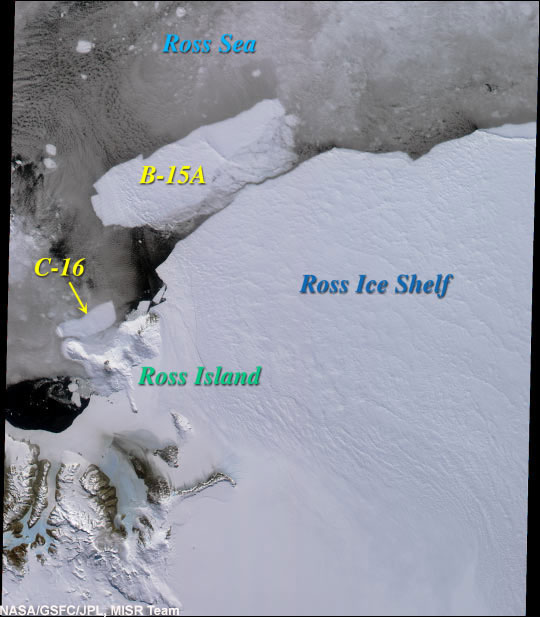
In this picture, two large icebergs, designated B-15A and C-16, are captured in this Multi-angle Imaging Spectroradiometer (MISR) nadir camera view of the Ross Ice Shelf and Ross Sea in Antarctica. B-15A is the largest chunk left of a bigger iceberg, known as B-15 that broke off the Ross Ice Shelf in March 2000. That initial frozen hunk was about the size of Jamaica. At 71 miles (115 kilometers) long, B-15A is the largest free-floating object in the world. The image was acquired on December 10, 2000, prior to when B-15A broke off from the Ross Ice Shelf.









